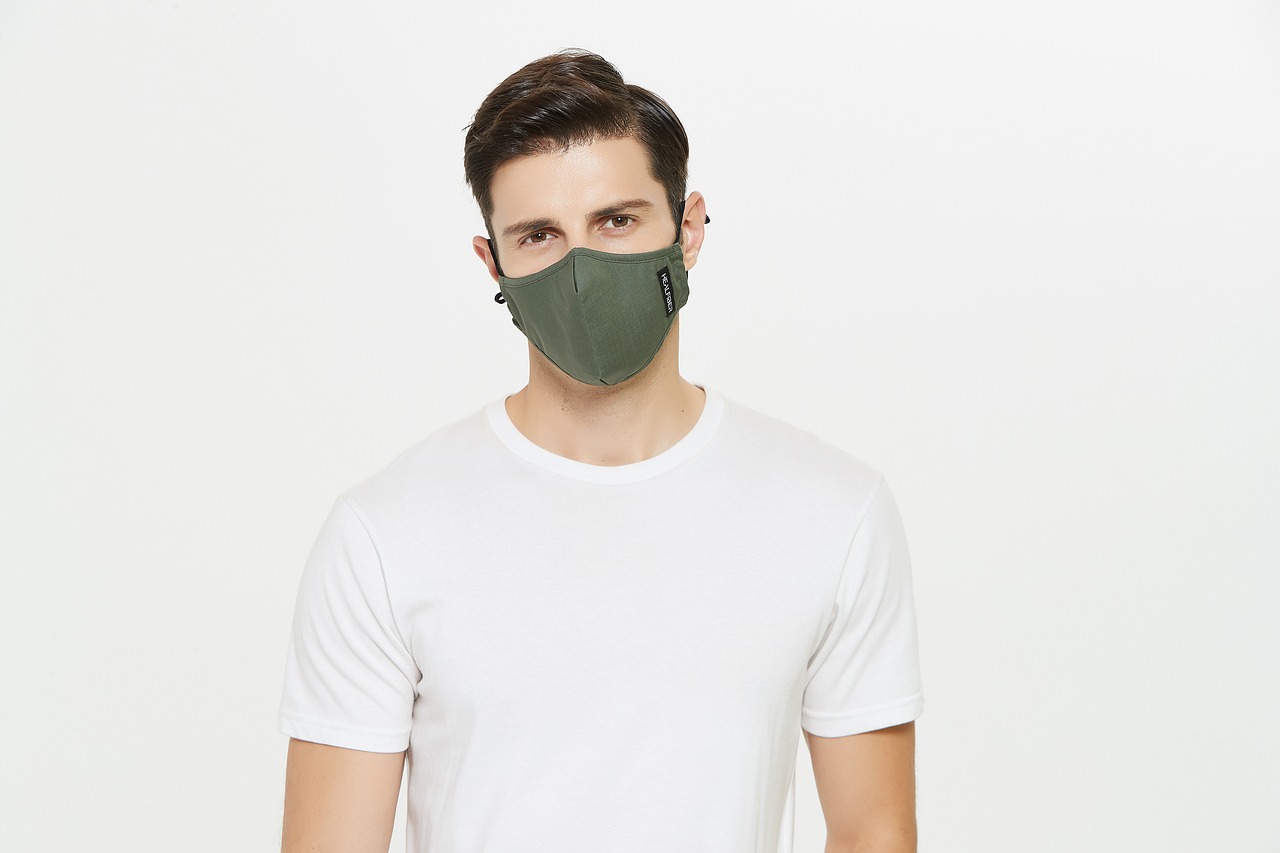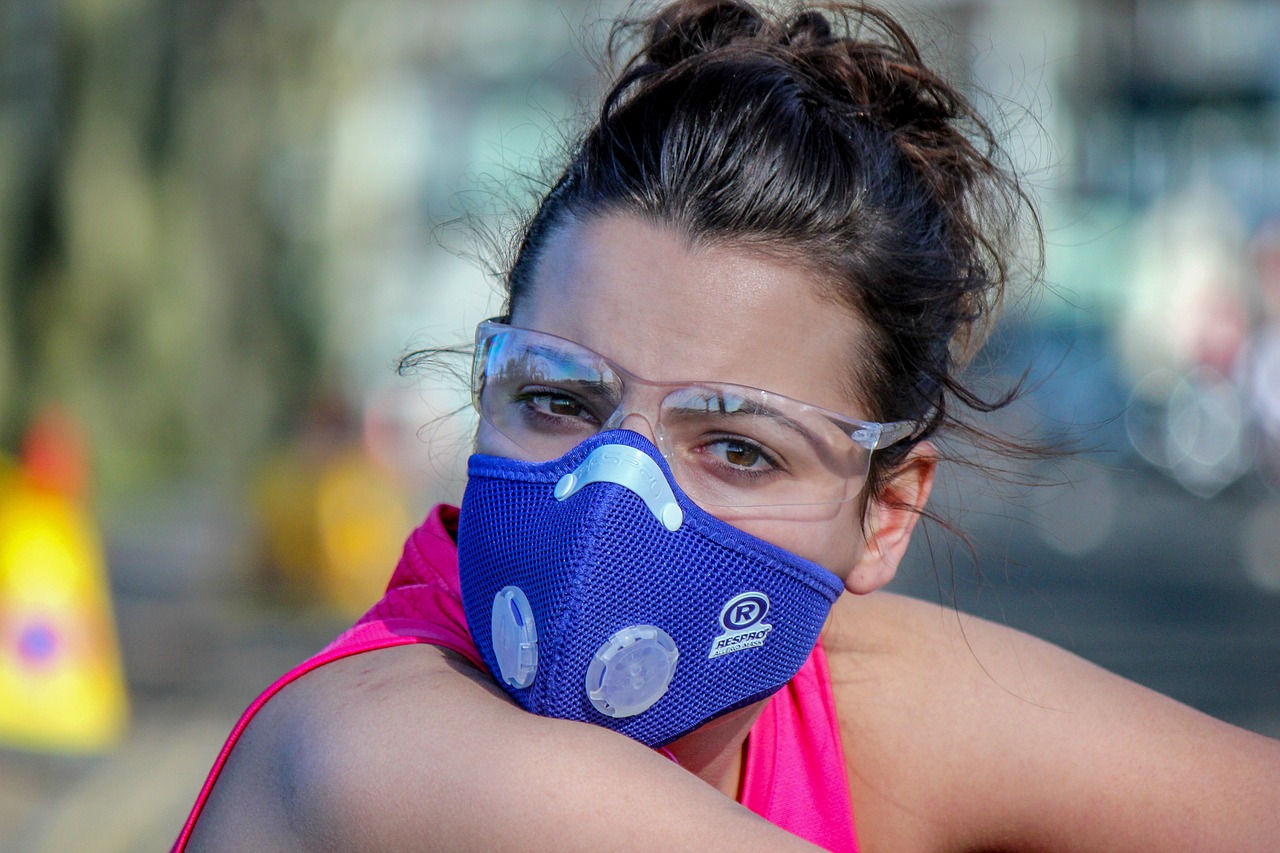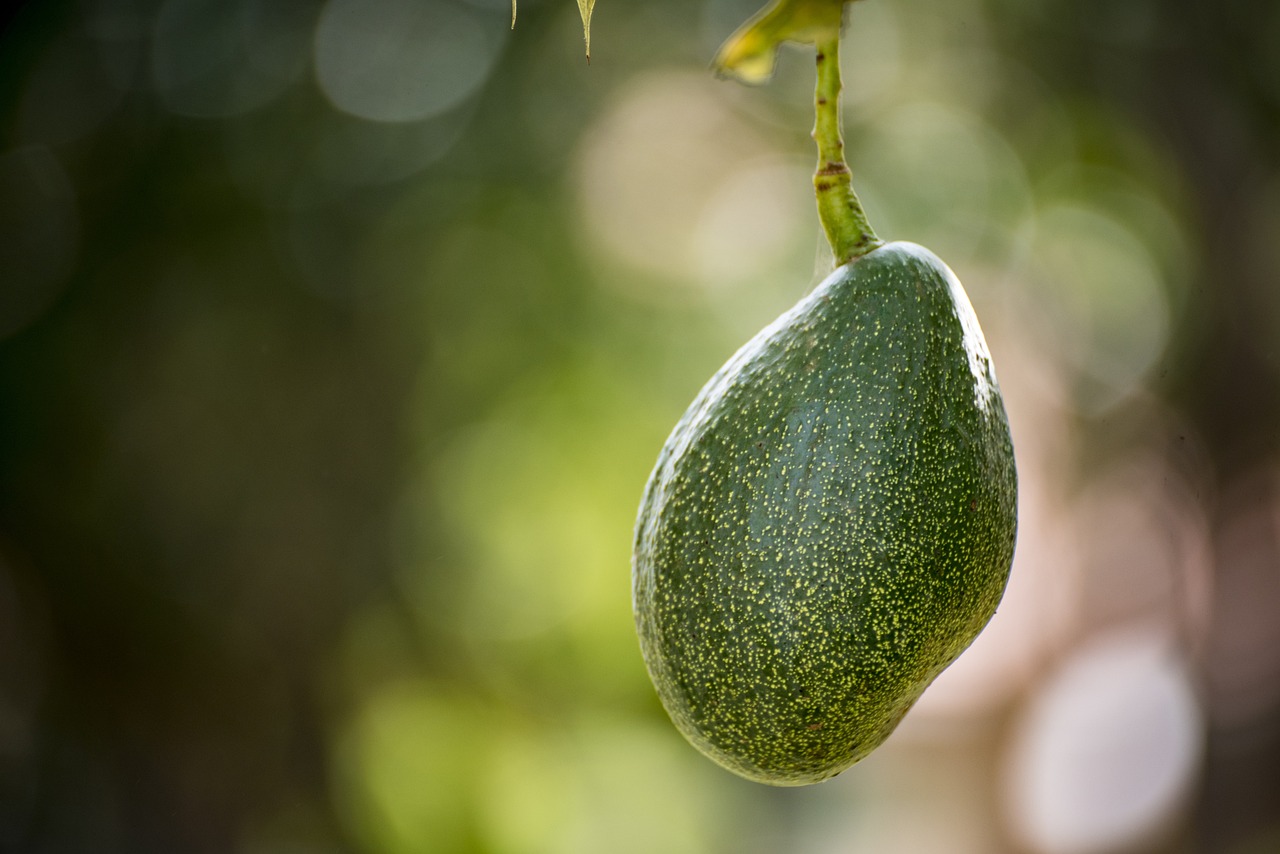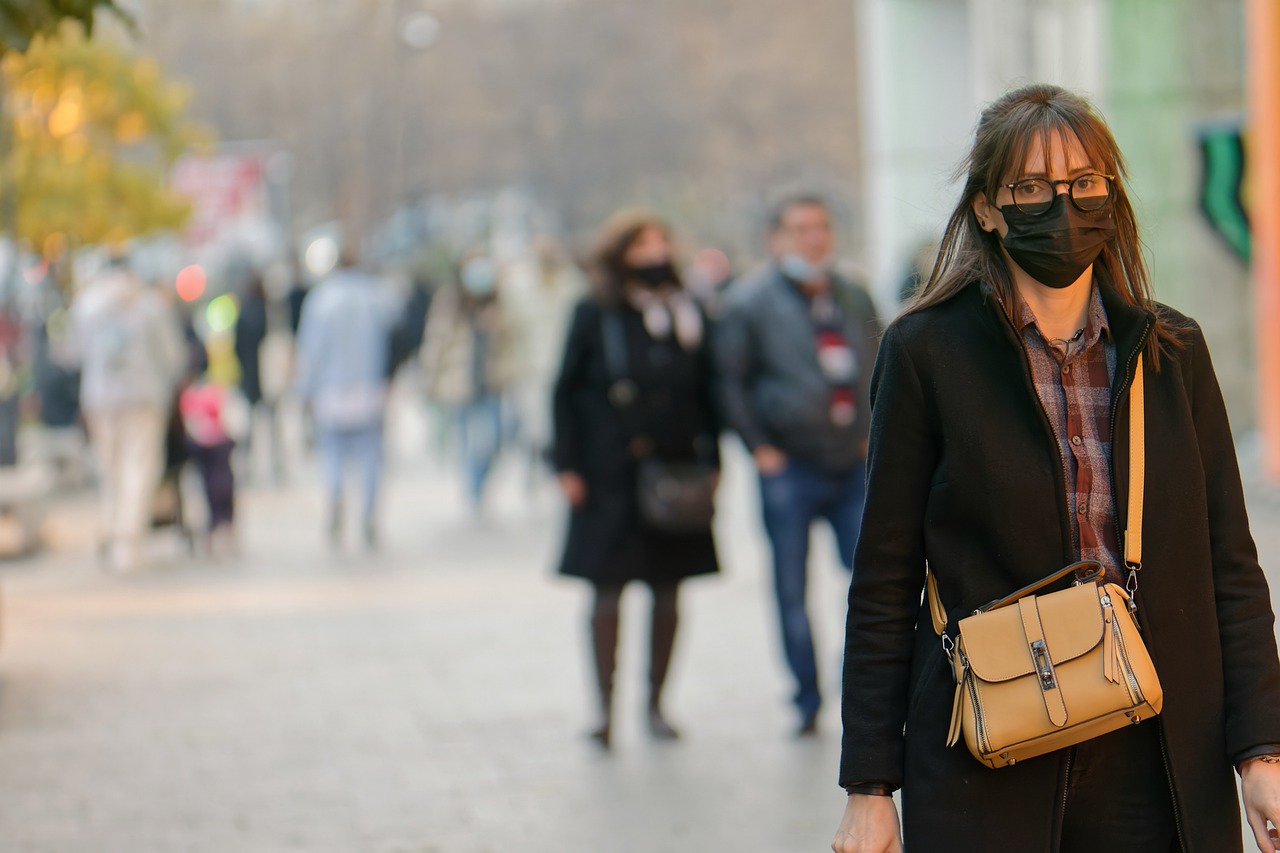How to Make Your Own DIY Face Masks at Home
Making your own DIY face masks at home can be a fun and rewarding experience. Not only do you have complete control over the ingredients you use, but you can also tailor the mask to suit your specific skin needs. Whether you're looking to hydrate dry skin, combat acne, or simply pamper yourself, creating homemade face masks is a great way to take care of your skin without breaking the bank.

Benefits of DIY Face Masks
Creating your own DIY face masks at home offers a multitude of benefits that go beyond just skincare. Not only are homemade face masks cost-effective, but they also allow you to customize the ingredients to cater to your specific skin type. Imagine the satisfaction of being your beauty chemist, concocting potions that work wonders for your skin. It's like being a mad scientist in your own laboratory, except the results are glowing skin instead of explosions.

Common Ingredients for DIY Face Masks
When it comes to creating your own DIY face masks at home, you have a plethora of common ingredients at your disposal that can work wonders for your skin. These ingredients are not only easily accessible but also offer a range of benefits that can help improve the overall health and appearance of your skin. From honey to avocado, these natural ingredients are packed with nourishing properties that can leave your skin feeling refreshed and rejuvenated.
One of the most popular ingredients for DIY face masks is honey. Known for its hydrating and antibacterial properties, honey is a natural humectant that helps retain moisture in the skin. This makes it an excellent choice for those looking to combat dryness and promote a healthy glow. Additionally, honey can help soothe irritated skin and prevent acne breakouts, making it a versatile ingredient for various skin concerns.
Avocado is another powerhouse ingredient commonly found in DIY face mask recipes. Rich in healthy fats and vitamins, avocado can deeply nourish and moisturize the skin, leaving it soft and supple. Its rejuvenating effects can help improve skin elasticity and combat signs of aging, making it a go-to ingredient for those looking to achieve a youthful complexion.
Yogurt is also a popular choice for DIY face masks due to its gentle exfoliating and brightening properties. The lactic acid present in yogurt helps to remove dead skin cells, revealing a smoother and more radiant complexion. Additionally, yogurt contains probiotics that can help balance the skin's natural microbiome, promoting overall skin health.
Oats are another common ingredient used in DIY face masks for their soothing and anti-inflammatory properties. Ideal for sensitive or irritated skin, oats can help calm redness and reduce inflammation, making them a great option for those with reactive skin types. Oats can also help to gently exfoliate the skin, leaving it feeling soft and smooth.
By incorporating these common ingredients into your DIY face masks, you can customize your skincare routine to suit your specific needs and preferences. Whether you're looking to hydrate, brighten, or soothe your skin, these natural ingredients offer a safe and effective way to achieve healthy and glowing skin right from the comfort of your own home.

Benefits of Honey in Face Masks
The are truly remarkable. Honey is not only a delicious natural sweetener but also a powerhouse ingredient for skincare. When used in face masks, honey acts as a humectant, meaning it helps to retain moisture in the skin. This makes it an excellent choice for those with dry or dehydrated skin, as it provides deep hydration and nourishment.
Moreover, honey boasts antibacterial properties, making it ideal for acne-prone skin. It can help to combat bacteria that cause breakouts, reducing inflammation and promoting clearer skin. Additionally, honey is rich in antioxidants that protect the skin from environmental damage and premature aging, leaving your skin looking youthful and radiant.
When combined with other natural ingredients like yogurt or oats, honey can create a soothing and revitalizing face mask that leaves your skin feeling soft and supple. Its healing properties can also help to calm irritated skin and reduce redness, making it a versatile ingredient for various skin concerns.

Avocado Face Mask Recipes
Avocado face masks are a popular choice for DIY skincare enthusiasts due to the nourishing properties of this creamy fruit. Avocado is not only delicious in salads and smoothies but also works wonders for your skin when applied topically. Its rich content of healthy fats, vitamins, and antioxidants makes it a go-to ingredient for hydrating and rejuvenating face masks.
One simple yet effective avocado face mask recipe involves mashing a ripe avocado and mixing it with a tablespoon of honey. Honey complements the avocado by adding its antibacterial and moisturizing benefits to the mask. This combination creates a luxurious mask that deeply hydrates the skin while fighting off any unwanted bacteria.
If you're looking to add a refreshing twist to your avocado face mask, consider blending the avocado with a tablespoon of yogurt and a squeeze of lemon juice. Yogurt contains lactic acid, which gently exfoliates the skin, while lemon juice brightens and clarifies the complexion. This mask is perfect for giving your skin a radiant glow and a boost of hydration.
For those with sensitive skin, a soothing avocado and oatmeal mask can work wonders. Oats have anti-inflammatory properties that can help calm irritated skin, making them an excellent addition to avocado-based masks. Simply blend together some cooked oats with mashed avocado to create a gentle and nourishing mask that will leave your skin feeling soft and supple.
Experimenting with different ingredients alongside avocado can help you customize your face mask to target specific skin concerns. Whether you're aiming to combat dryness, acne, or dullness, avocado serves as a versatile base that can be easily combined with other natural ingredients to create a personalized skincare treatment.

Steps to Make Your Own Face Masks
Creating your own DIY face masks at home can be a fun and rewarding experience. Not only do you have control over the ingredients you use, but you also get to tailor the mask to suit your skin's specific needs. Let's dive into the step-by-step process of making your very own homemade face masks.
First and foremost, gather all the necessary ingredients for your DIY face mask recipe. Whether you're opting for a hydrating honey mask or a nourishing avocado mask, make sure you have everything you need before you begin. Preparation is key to a successful homemade face mask.
Once you have all your ingredients ready, it's time to start mixing them together. Follow the recipe instructions carefully to ensure the right consistency and blend of ingredients. Mixing your face mask thoroughly will help maximize its effectiveness when applied to your skin.
After you've prepared the mask mixture, apply it evenly to your clean, dry face. Using clean hands or a brush, gently spread the mask over your skin, avoiding the delicate eye area. Take this time to relax and let the mask work its magic on your skin.
Allow the face mask to sit on your skin for the recommended amount of time specified in the recipe. This will vary depending on the ingredients used, so be sure to check the instructions. During this time, you can indulge in some self-care activities or simply unwind while the mask does its job.
Once the mask has had ample time to work its wonders, rinse it off thoroughly with lukewarm water. Make sure to remove all traces of the mask to reveal refreshed and glowing skin underneath. Pat your face dry with a soft towel and follow up with your favorite moisturizer to lock in the benefits of the mask.
By following these simple steps, you can create your own DIY face masks at home with ease. Experiment with different ingredients and recipes to find the perfect mask for your skin type and concerns. Enjoy the process of pampering your skin and reaping the benefits of homemade skincare.

Choosing the Right Face Mask for Your Skin Type
When it comes to choosing the right face mask for your skin type, it's essential to consider the specific needs of your skin. Different skin types require different ingredients and formulations to address their concerns effectively. Whether you have oily, dry, sensitive, or combination skin, selecting the appropriate face mask can make a significant difference in achieving the desired results.
For oily skin, look for face masks that contain ingredients like clay or charcoal to help absorb excess oil and impurities. These masks can help mattify the skin and minimize the appearance of pores, leaving your skin feeling refreshed and balanced.
If you have dry skin, opt for face masks with hydrating ingredients such as hyaluronic acid or aloe vera to nourish and moisturize the skin. These masks can help restore moisture levels, improve skin texture, and prevent dryness and flakiness.
Individuals with sensitive skin should choose gentle face masks with soothing ingredients like calendula or oatmeal to calm irritation and reduce redness. Avoid harsh chemicals and fragrances that can trigger sensitivity and opt for natural, hypoallergenic formulations.
For those with combination skin, consider using multi-masking techniques by applying different masks to specific areas of the face based on their needs. Use a purifying mask on oily zones and a hydrating mask on dry areas to balance and address the varying concerns of combination skin.
Remember to patch test any new face mask before applying it to your entire face to ensure compatibility with your skin. By choosing the right face mask for your skin type, you can effectively target your skin concerns and achieve a healthy, glowing complexion.

Tips for Using DIY Face Masks
When it comes to using DIY face masks, there are a few key tips to keep in mind to ensure you get the most out of your homemade creations. Firstly, storing your face masks properly is essential to maintain their freshness and effectiveness. Consider using airtight containers or jars to keep your masks away from light and moisture, which can degrade the ingredients.
Another important tip is to apply the face mask evenly and generously to clean skin. Use gentle, upward strokes to spread the mask evenly across your face, avoiding the delicate eye area. This ensures that all parts of your skin receive the benefits of the mask and helps prevent any patchiness in the results.
Furthermore, it's crucial to follow the recommended duration for leaving the mask on your skin. Over-leaving a mask can lead to irritation, while under-leaving it may not provide the desired benefits. Always refer to the recipe or instructions for the specific mask you are using to determine the ideal timing.
Additionally, incorporating DIY face masks into your skincare routine consistently can enhance their effectiveness. Consider using a face mask 1-2 times a week as part of your pampering routine to maintain healthy and glowing skin. Consistency is key when it comes to seeing long-term improvements in your skin's condition.
Lastly, remember to cleanse your skin thoroughly before applying a face mask to ensure maximum absorption of the beneficial ingredients. Removing any makeup, dirt, or impurities from your skin allows the mask to penetrate deeply and deliver its nourishing properties effectively.
Frequently Asked Questions
- Can I use DIY face masks every day?
It is generally recommended to use DIY face masks 1-2 times per week to avoid over-exfoliating or irritating the skin. However, the frequency of use may vary depending on your skin type and the ingredients used in the mask.
- Are DIY face masks suitable for all skin types?
DIY face masks can be customized to suit different skin types by selecting ingredients that are appropriate for oily, dry, sensitive, or combination skin. It's essential to choose ingredients that address your specific skin concerns for the best results.
- How long should I leave a DIY face mask on?
The recommended time to leave a DIY face mask on your skin can vary depending on the ingredients used. In general, most masks are left on for 10-20 minutes before rinsing off with lukewarm water. Always follow the instructions provided in the recipe for the best outcomes.
- Can I store leftover DIY face masks for later use?
It is not advisable to store homemade face masks for an extended period as they do not contain preservatives like commercial products. It is recommended to make a fresh batch each time you want to use a DIY face mask to ensure its effectiveness and prevent bacterial growth.
- Are DIY face masks effective in treating skin concerns?
DIY face masks can help improve the appearance and condition of the skin by providing nourishment, hydration, and other beneficial properties. While they can be beneficial for general skincare, severe skin concerns may require professional advice and treatment.



















